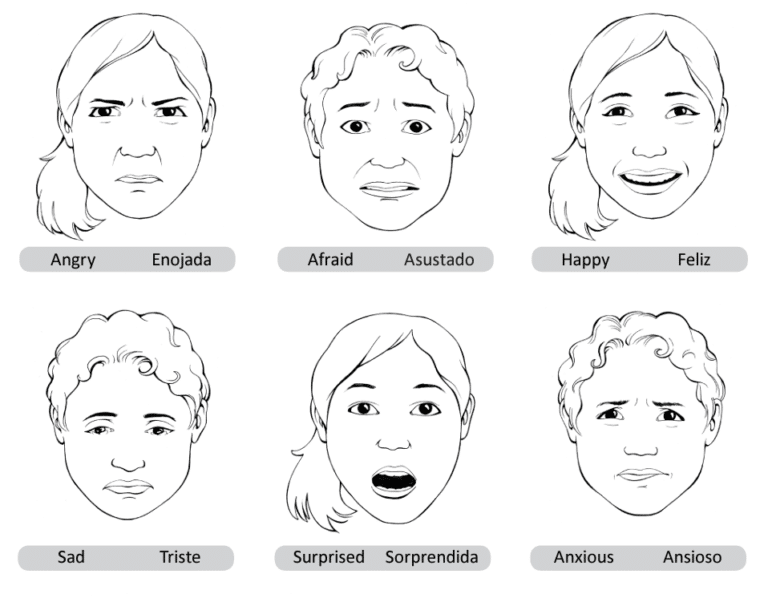Setting Goals
Set goals for your child that align your beliefs about how your child should behave with your child’s developmental level and skills.
Set goals for your child that align your beliefs about how your child should behave with your child’s developmental level and skills.

Children benefit from practice in recognizing and naming emotions they feel and observe in others. This chart covers a range of emotions to print for reference.
Understanding emotions in yourself and others is important for managing relationships, handling frustration, achieving goals, showing self-control, and communicating well. When parentsunderstand the importance of emotions, they connect with their children, are aware of what their children are going through, and effectively handle difficult behavior. Taken together, these skills contribute

Juggling the demands of work, home, and other responsibilities leaves many parents feeling like they do not have nearly enough time with their children. But even small acts of kindness, protection, and caring—a hug, a smile, or loving words—make a big difference to children. Research shows that babies who receive

Learn about three communication styles: passive, aggressive, and assertive. Passive In passive behavior, the focus is on others, not on what you want or need. Passiveness often comes from feelings of insecurity, needing approval, perfectionism, wanting to be liked, and excessively putting the needs of others before your own. Passive

Assertive communication is telling someone what you need in a way that is clear and straightforward. Tone of voice, body language, and words contribute to a person’s communication style. Parents can use the skills below to improve the way they communicate with their children, especially when setting and enforcing limits.
Please use this form to get in touch with our team about curriculum access, tech support, or any other questions.